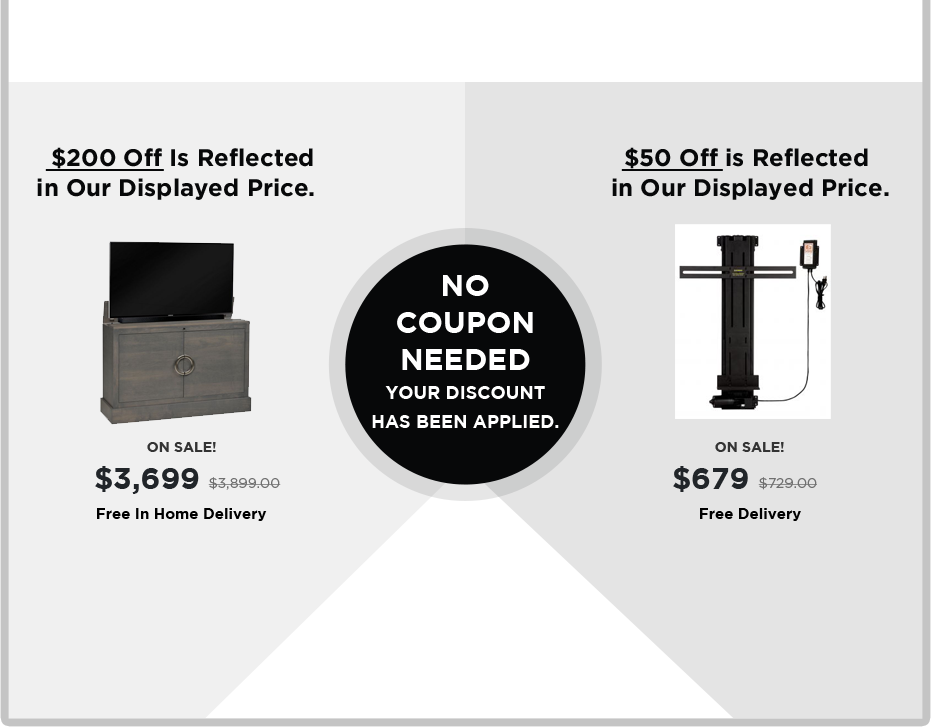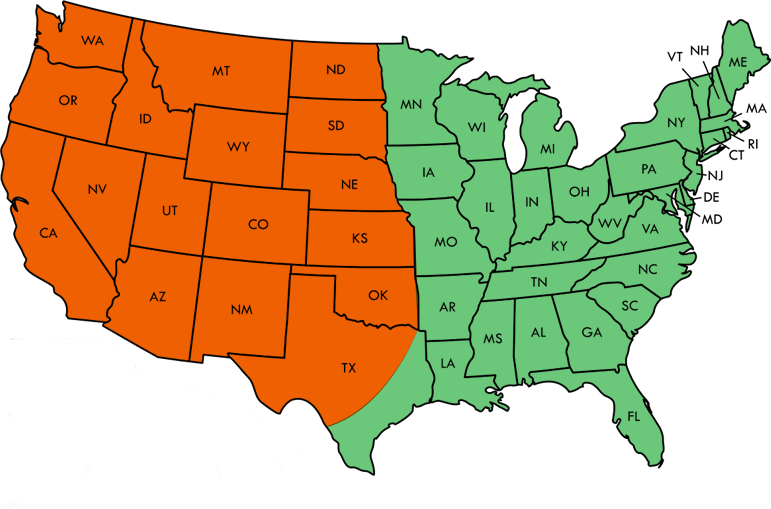Whether the acoustics in your room are not top-notch, or you suffer from a hearing-impairment, closed captioning is a helpful tool that aids in the enjoyment of movies and television. But do you know how it works? Does it come through your television, antenna, satellite dish or cable box? If you have a TV lift cabinet, do you have to do any additional wiring or keep your media players in view to keep your closed captioning abilities? Here are the answers.
The ability for closed captioning is already embedded in the signal sent directly to your television, so every show, television movie and commercial comes with the possibility of closed captioning. In order for you to be able to read it, though, it has to be decoded, and that is done by your TV.
Since 1993, every television manufactured that measures over 13 inches must have a built-in decoder, per the Television Decoder Circuitry Act. The information for closed captioning is hidden in the “line 21 data” of your television signal, which is an invisible vertical line near the bottom of your TV screen.
When you turn closed captioning (CC) on, via your television, the decoder translates the hidden information into text. You may experience a delay in the translation of your captioning if the show is live, as the information is being captioned in real time and sent out with the signal, but prerecorded shows and most commercials will not experience a delay.
If you are watching a movie on a DVD or Blu-ray player, however, the only way to decode the disc is through your media player, not your television set.
So placing your TV in a TV lift cabinet will have no effect on your ability to use closed captioning, and no additional wiring or special TV placement are needed to receive this embedded information.
The ability for closed captioning is already embedded in the signal sent directly to your television, so every show, television movie and commercial comes with the possibility of closed captioning. In order for you to be able to read it, though, it has to be decoded, and that is done by your TV.
Since 1993, every television manufactured that measures over 13 inches must have a built-in decoder, per the Television Decoder Circuitry Act. The information for closed captioning is hidden in the “line 21 data” of your television signal, which is an invisible vertical line near the bottom of your TV screen.
When you turn closed captioning (CC) on, via your television, the decoder translates the hidden information into text. You may experience a delay in the translation of your captioning if the show is live, as the information is being captioned in real time and sent out with the signal, but prerecorded shows and most commercials will not experience a delay.
If you are watching a movie on a DVD or Blu-ray player, however, the only way to decode the disc is through your media player, not your television set.
So placing your TV in a TV lift cabinet will have no effect on your ability to use closed captioning, and no additional wiring or special TV placement are needed to receive this embedded information.


